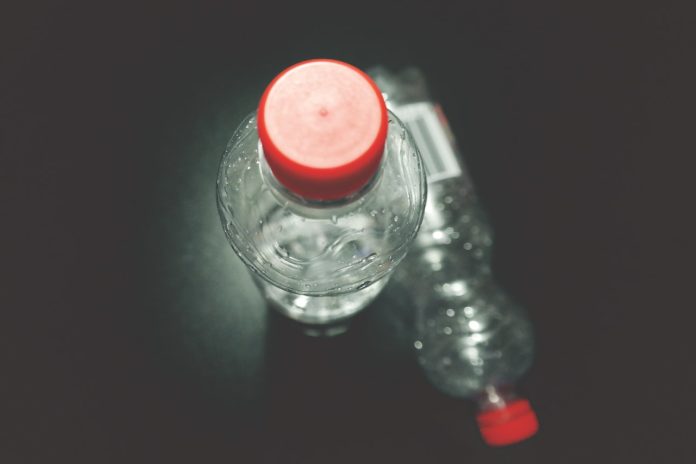From the moment you get out of your bed to the moment when you turn the switch off for the night, you come into contact with countless plastic items. There are many reasons why plastic is one of the most widely used materials around the globe. The price, the applicability, and the price of production and manufacturing are just some of the factors. Plastics are easy to manufacture and have low costs of production, which eventually results in low market prices. In addition, thanks to the feature of being easily molded and shaped, some special types of plastic find their use in industry as cheap but durable materials. So, we have prepared a shortlist of things you probably didn’t know about plastics manufacturing.
Production Process Simplified
Plastic is the material and item that has taken over every segment of human life. We simply cannot do even a single operation without holding something plastic in our hands. In addition, it became a part of every single industry, which made the lives of people easier and more convenient. It is notable that with time passing, the plastic industry becomes even more important, which leads to new company creations which deal specifically with plastic manufacturing. To be able to better understand plastic, it is essential to understand how plastic products are made in the first place.
To break it down to the basics, there are two different ways plastic can be synthesized-it can be synthetic or made from renewable bioproducts. The first group, synthetic plastic, is made of crude oil, coal, and natural gas. In the ideal scenario, plastics are derived from crude oil since these are the most cost-effective ways to get the job done. Based on how plastic compounds react with each other, there are roughly six different types of plastic: thermoplastics, amorphous plastics, thermosets, homopolymers, semi-crystalline plastics, and copolymers.
Plastic Can Be Made From Raw Materials
There is a whole process of how plastic can be made from raw materials. It all starts with the extraction of raw materials such as coal, natural gas, or crude oil. After that, these raw materials need to be refined and cleaned of any unwanted particles. The process of impurity extraction is usually done in oil refineries where different types of petroleum products are produced. As a result of the process, there are monomers that can be helpful in making plastics. After the process of distillation is done and petroleum products are broken into fractions, the main process can start: polymerization. This is probably the most demanding part of the process since fractions with small molecular weights are being brought together to form polymers with higher molecular weights.
The final part of the process is compounding and processing. Typically, plastic is made into pellets of different sizes, colors, opacity, and shapes. Later, this pellet is melted and molded per the manufacturer’s wishes. According to https://cbmplasticsusa.com/, there are different areas of plastic molding, such as profile extrusion, custom plastic injection molding, and thermoforming. All of these techniques refer to the different processes, while there are many other different manufacturers that use them in their operations.
Plastic Is Strong
Whenever we say plastic is weak and porous, think twice. Did you know that 2000 police officers were saved by using vests made from plastic materials? Plastics made in specific production processes may be strengthened by the addition of some other materials such as carbon fiber or chopped glass, making them even stronger. Due to this fact, plastic has found its use in heavy industry. Not to mention cut costs because of its low market price.
Medical Plastic Manufacturing Saves Lives
Plastic has been used for a decade in the healthcare system, and during this period, it has made healthcare simpler, with new techniques and prostheses being possible. Not only did it reduce contamination and keep the medical surroundings cleaner, but it also relieved pain and cut medical costs. Due to the fact that plastic is used for the production of some life-saving particles, plastic enables healthcare workers to help people live better-quality lives and save their lives from dangerous situations.
Polyethylene
In 1933, two chemists set off a reaction between benzaldehyde and ethylene that led to the formulation and discovery of a white and waxy substance that looked like plastic, but it was just lighter; they called this substance Polyethylene. Fun fact! This substance played a critical role in World War II when it was used to insulate airplane radars, helping allies detect the enemy in poor weather conditions during night flights.
Polypropylene and PVC
These materials are known for their lightness, and it is the reason why they are used in the auto industry since they can help reduce the weight of the vehicles, making them more comfortable and safer. On the other hand, PVC is used in the medical industry for making blood bags and plasma bags, which are known for ensuring hygienic and safe storage of any sort of blood product.
Plastic is a material widely used in every sphere of human life. With time passing, it somehow became the bane of everyone’s existence. Besides, this material is widely used in industry because of its ability to resist pressure and increase flexibility.


